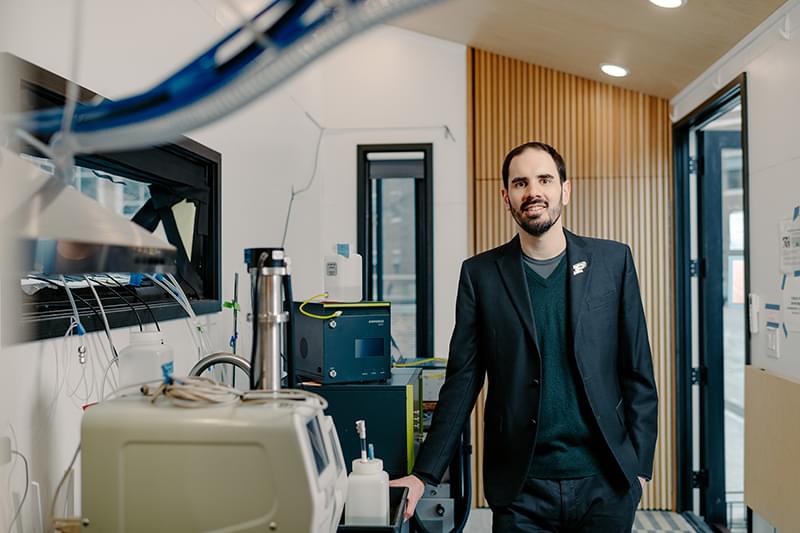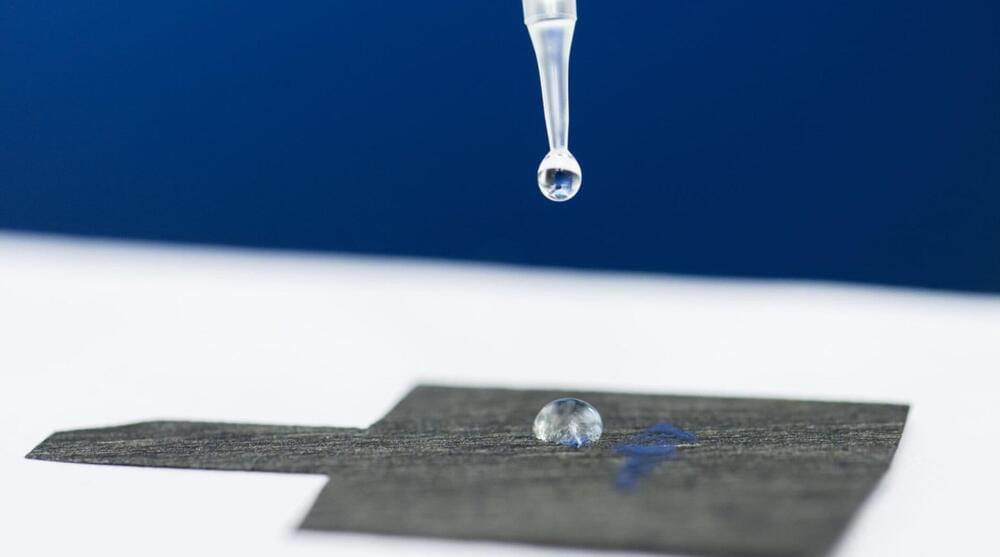Mar 10, 2024
You may be Breathing in More Tiny Nanoparticles from Your Gas Stove than from Car Exhaust
Posted by Natalie Chan in categories: engineering, nanotechnology, sustainability, transportation
Gas stoves emit nanocluster aerosol that may get deep into your respiratory system, study shows. Cooking on your gas stove can emit more nano-sized particles into the air than vehicles that run on gas or diesel, possibly increasing your risk of developing asthma or other respiratory illnesses, a new Purdue University study has found.
Combustion remains a source of air pollution across the world, both indoors and outdoors. We found that cooking on your gas stove produces large amounts of small nanoparticles that get into your respiratory system and deposit efficiently, said Brandon Boor, an associate professor in Purdue’s Lyles School of Civil Engineering, who led this research.
Based on these findings, the researchers would encourage turning on a kitchen exhaust fan while cooking on a gas stove.

















